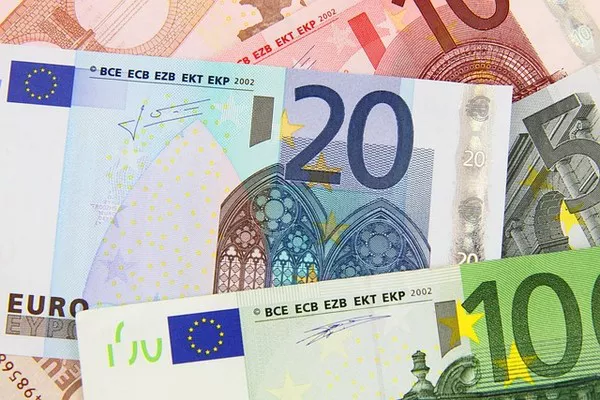In recent times, the euro has showcased remarkable resilience, rebounding from challenges it faced in 2022 to emerge as a stronger currency in the global market. Following a period of volatility and uncertainty, the euro has surged, demonstrating its ability to withstand economic headwinds and regain stability.
Factors Contributing to the Euro’s Strength:
1. Energy Crisis Impact:
Initially, the euro encountered turbulence due to the energy crisis in Europe. The disruption in energy supply, particularly stemming from geopolitical tensions and the transition towards renewable energy sources, exerted downward pressure on the euro. Uncertainty surrounding energy prices and availability contributed to market apprehension, dampening investor confidence in the eurozone economy.
2. ECB Interest Rate Hikes:
Amidst the challenges posed by the energy crisis, the European Central Bank (ECB) adopted a proactive approach by implementing aggressive interest rate hikes. These measures aimed to stabilize the euro and mitigate the adverse effects of the energy crisis on the economy. The ECB’s decisive actions instilled confidence in investors, signaling the central bank’s commitment to maintaining price stability and fostering economic growth.
3. Weakening US Dollar:
Simultaneously, the US dollar experienced a slowdown in monetary tightening, as the Federal Reserve adopted a more cautious approach towards interest rate adjustments. The divergence in monetary policies between the ECB and the Federal Reserve contributed to a relative weakening of the US dollar compared to the euro, bolstering the latter’s strength in the currency market.
4. Market Expectations:
Despite initial concerns and extreme crisis expectations, the eurozone economy proved to be more resilient than anticipated. Contrary to fears of a prolonged downturn, economic indicators suggested a gradual recovery, alleviating market apprehensions and supporting the euro’s resurgence. The divergence between market expectations and actual economic performance played a crucial role in bolstering confidence in the euro.
Euro’s Journey in 2022:
Throughout 2022, the euro embarked on a tumultuous journey, characterized by significant fluctuations and periods of volatility. The currency experienced a downtrend, reaching parity with the US dollar at certain junctures before plummeting to subsequent lows. The impact of Russia’s gas supply halt further exacerbated the euro’s challenges, as energy shortages and heightened geopolitical tensions weighed heavily on the European economy.
Recent Factors Driving Euro Strength:
1. Inflation and Growth:
Slowing growth and inflation in the eurozone have played a pivotal role in strengthening the euro. As concerns over inflation subsided and economic growth showed signs of resilience, investor sentiment towards the euro improved. The ECB’s efforts to maintain price stability and support economic recovery have contributed to restoring confidence in the eurozone economy, thereby bolstering the euro’s position in the global market.
2. Energy Prices:
The euro received a significant boost from a mild winter, which alleviated concerns surrounding energy prices and supply. As energy demand stabilized and the risk of supply disruptions diminished, market sentiment towards the euro improved. The reduction in energy-related uncertainties alleviated pressure on the eurozone economy, fostering a favorable environment for the currency’s appreciation.
3. Investor Confidence:
Increased investor confidence in the eurozone economy has been instrumental in driving the euro’s strength. Positive economic indicators, coupled with the ECB’s proactive monetary policies, have instilled faith in the euro as a stable and reliable currency. As investors continue to perceive the eurozone as an attractive investment destination, demand for the euro has surged, further bolstering its value in the currency market.
In conclusion
The euro’s recent strength can be attributed to a combination of factors, including proactive monetary policies, resilience in the face of economic challenges, and improving market sentiment. Despite facing obstacles such as the energy crisis and geopolitical tensions, the euro has demonstrated its ability to navigate turbulent waters and emerge stronger. Looking ahead, continued efforts to maintain economic stability and foster growth will be essential in sustaining the euro’s momentum and solidifying its position as a leading global currency.


